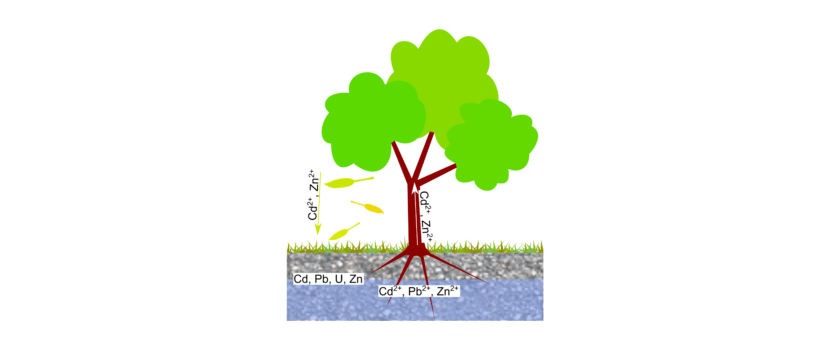
“Plant pump“ in action
Perhaps all floodplains in Central Europe are contaminated by elements imprecisely but aptly called “heavy metals“. This contamination mostly results from past human activities, commonly during past centuries. The “heavy metals” can be considered almost as being safely stored in the floodplains, unfortunately, until the channel banks erode, and the contamination returns back to rivers and spreads further in the fluvial system. It has been found that some of the “heavy metals”, particularly cadmium and zinc, are transferred from contaminated sediments to common plants, such as willows. Cadmium and zinc can then enter the floodplain food web via fallen leaves and being flushed they can re-enter the river channel – each autumn and even without bank erosion, i.e., apparently hidden contamination. The contribution of that “plant pump” to secondary contamination from historical sediments is studied in the frame of the Czech Science Foundation project “Enter of Cd, Hg, and U from the pollution hotspots in floodplains to food web”.
Link: T. Matys Grygar, M. Faměra, M. Hošek, J. Elznicová, J. Rohovec, Š. Matoušková, T. Navrátil. Uptake of Cd, Pb, U, and Zn by plants in floodplain pollution hotspots contributes to secondary contamination. Environmental Science and Pollution Research, https://doi.org/10.1007/s11356-021-14331-5